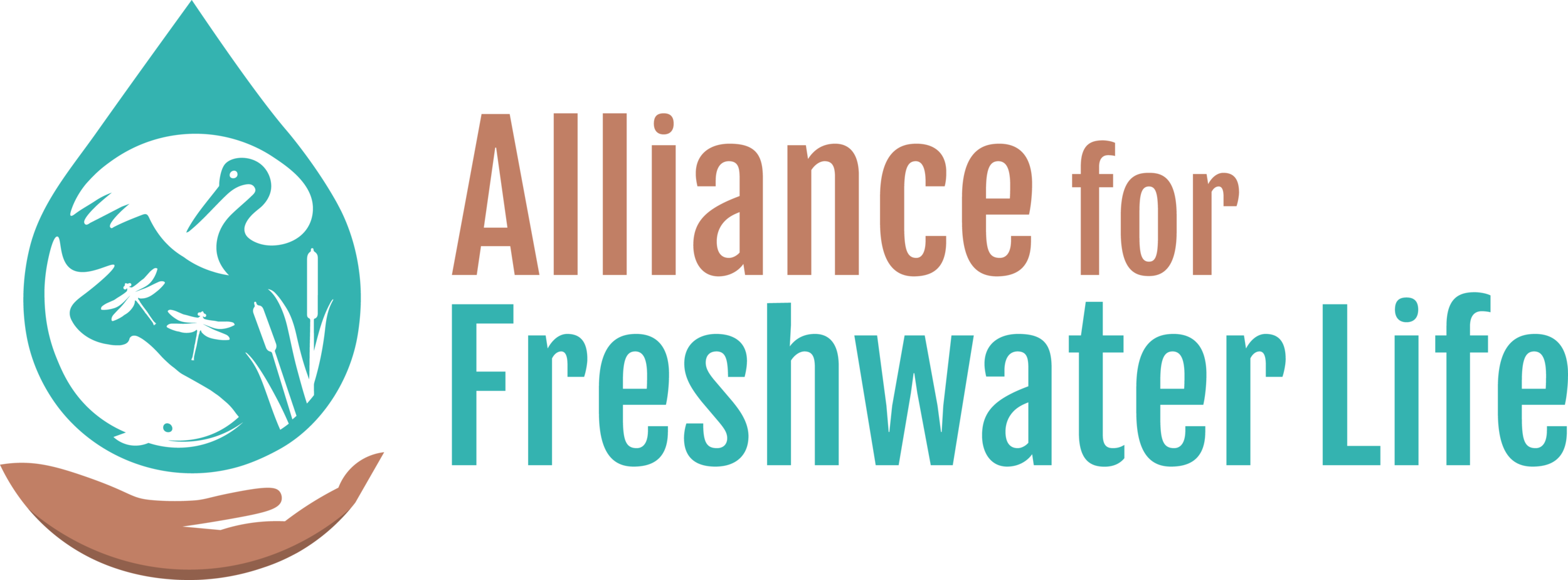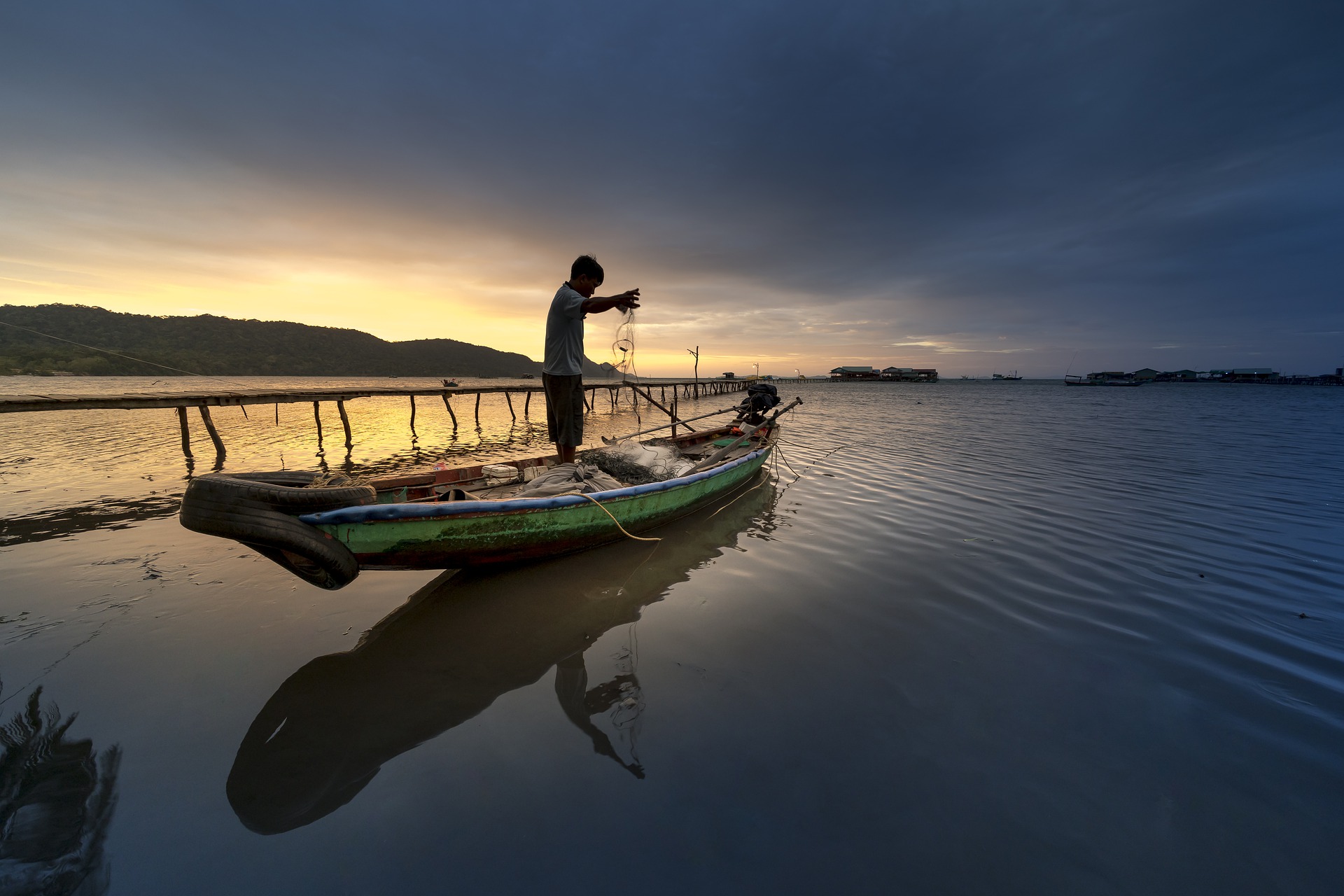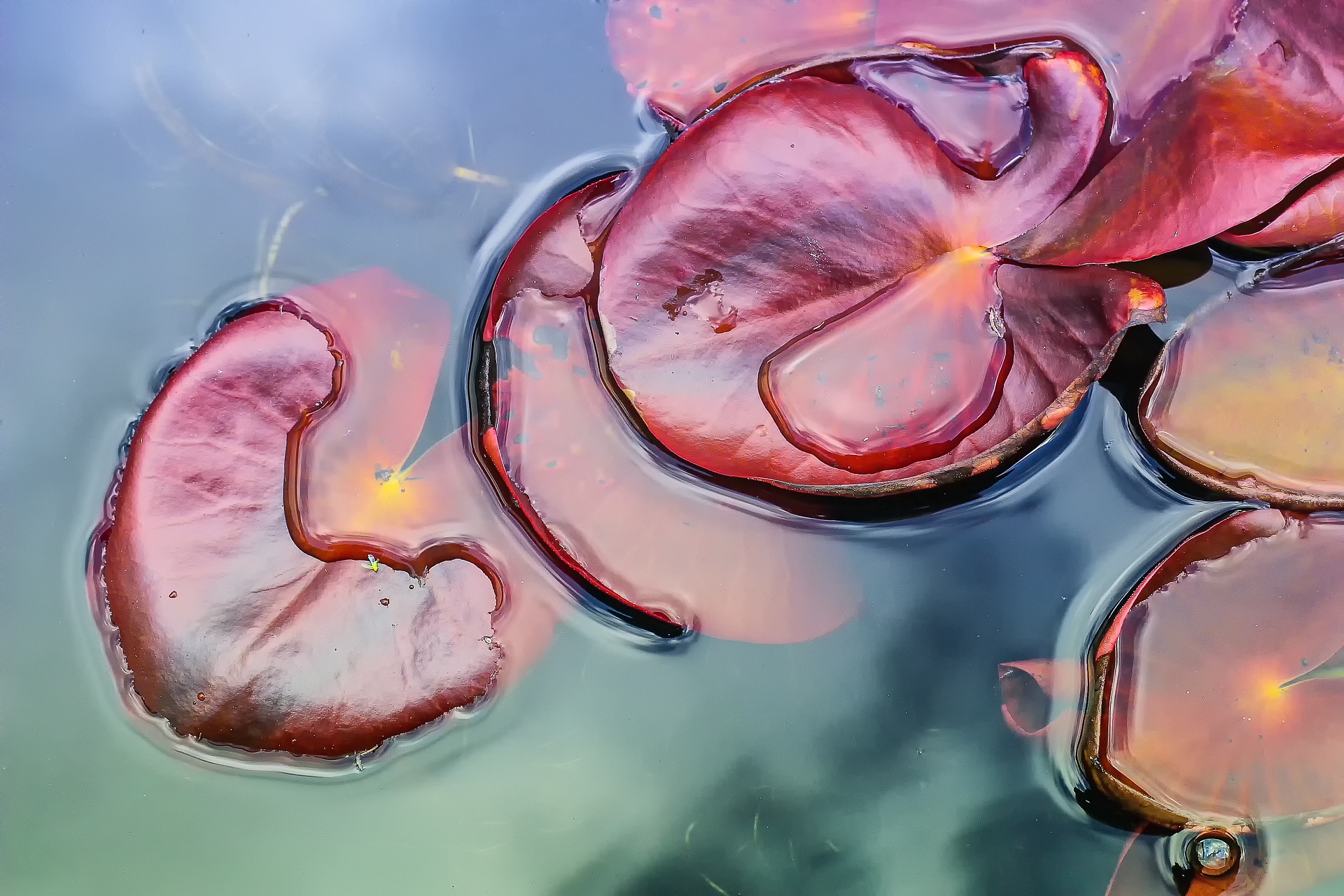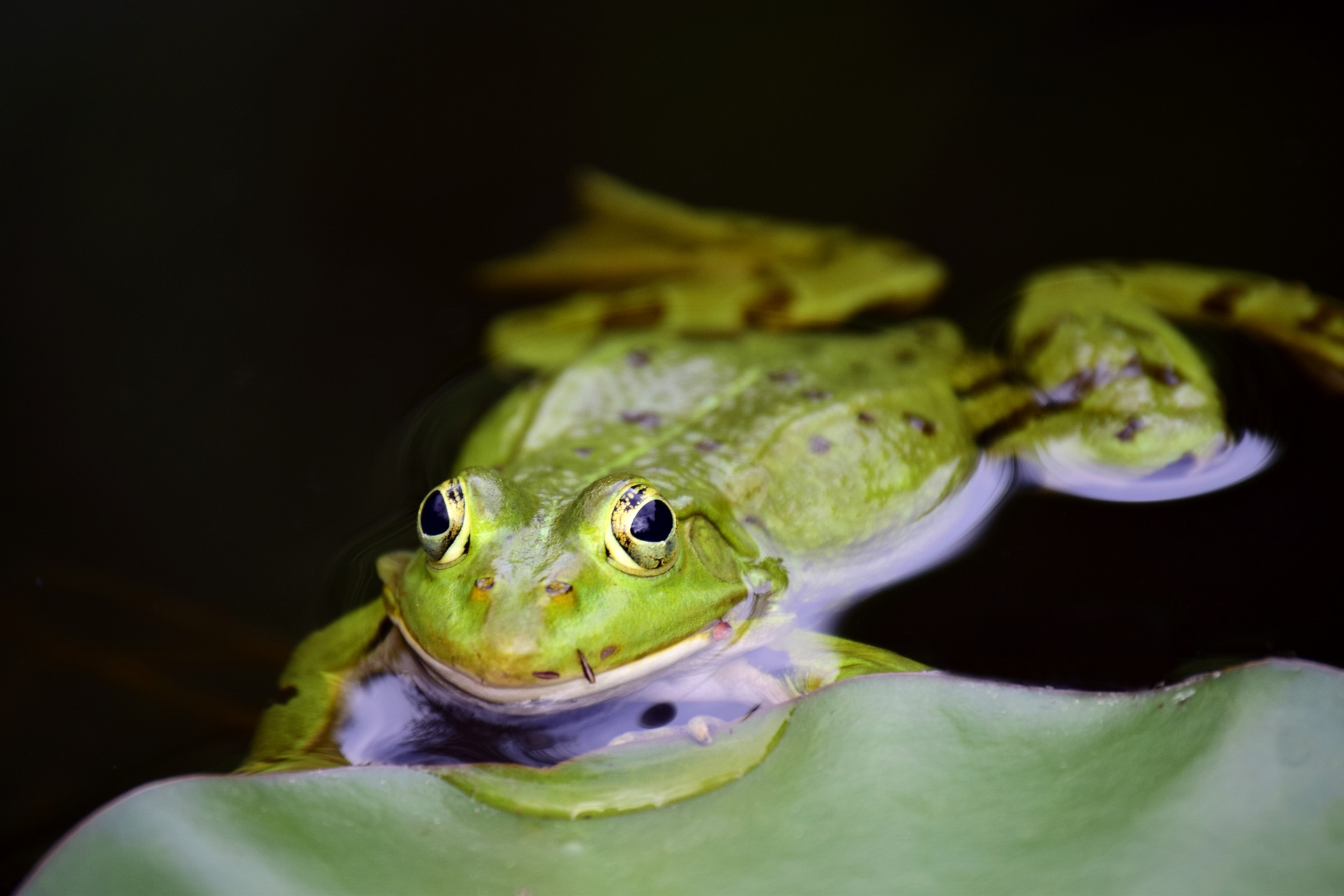RESEARCH
We coordinate and support efforts that examine the status, trends, and drivers of change in freshwater biodiversity.
BACKGROUND
Human demands on freshwater ecosystems are diverse and increasing rapidly as the global human population grows, and as we strive for a better standard of living. By 2050, agriculture will need to produce 60% more food globally, and 100% more in developing countries (Alexandratos & Bruinsma 2012). Water demand for manufacturing is expected to increase by 400% between 2000 and 2050 globally (WWAP 2015).
To address the need for greater water security, many nations have responded by investing in engineering-based solutions (Vörösmarty et al., 2010) that emphasize water infrastructure, operations and affiliated technologies (Green et al., 2015). However, infrastructure solutions often have significant negative effects on the ecological structure of freshwater ecosystems and, ultimately, the biodiversity therein (Harrison et al., 2016).
The need for scientifically robust guidance on the functioning and management of freshwater species and ecosystems has never been greater.
It is, therefore, essential to coordinate and support research findings and expert opinions from scientists, conservation professionals, engineers, and hydrologists, in order to facilitate data-driven decision making by policy makers and investors. Scientific research on ecosystem health will also provide an important voice to balance the socio-economic context for sustainable use.
Too often, the potential for academic research to offer direction on appropriate conservation action and to inform national or international policy is not fully recognized. This is partly because funding support for freshwater conservation and research is often limited, so there is a need to seek new funding sources to support work that fills important knowledge gaps. There are also areas where scientific data may be present, but not easily accessible or not presented in a way that is consistent or compatible with other data sets.
We need to ensure greater provision and application of existing research and to identify and fill existing gaps in knowledge.
The need for scientifically robust guidance on the functioning and management of freshwater species and ecosystems has never been greater.
What we're doing to make a difference
Grow the research community
Through the Alliance, the freshwater research community can build upon and expand existing global initiatives, such as the Freshwater Information Platform and the development of Essential Biodiversity Variables. Ultimately, the Alliance hopes to expand open access to information, expanding its availability to decision makers and conservation practitioners.
Engage a diversity of organizations
The Alliance will engage some of the world’s largest freshwater research organizations, to ensure greater provision and application of existing research and to identify and fill existing gaps in knowledge essential to conservation and the sustainable use of freshwater species and ecosystems.
You can help.
Do you collect, coordinate, or analyze data on freshwater systems? Become a member today and help us expand our efforts.
References Cited
Alexandratos N. & Bruinsma J., 2012. World agriculture towards 2030/2050. The 2012 Revision. EAS Working Paper No. 12-03. FAO.
Green et al., 2015. Freshwater ecosystem services supporting humans: pivoting from water crisis to water solutions. Global Environmental Change 34: 108–118
Harrison et al., 2016. Protected areas and freshwater provisioning: a global assessment of freshwater provision, threats and management strategies to support human water security. Aquatic Conserv: Mar. Freshw. Ecosyst. 26 (Suppl. 1): 103–120.
Vörösmarty et al., 2010. Global threats to human water security and river biodiversity. Nature 467, 555–561.
WWAP (United Nations World Water Assessment Programme). 2015. The United Nations World Water Development Report 2015: Water for a Sustainable World. Paris, UNESCO. http://unesdoc.unesco.org/images/0023/002318/231823E.pdf




